The Dracaena reflexa, also called Song of India, is a striking, low-maintenance houseplant. This guide covers caring for its light, water, soil, humidity and fertilizer needs to keep it growing well indoors.
Dracaena reflexa, also called Song of India :

Here’s a short information chart for the Dracaena reflexa:
| Category | Details |
|---|---|
| Common Name | Dracaena reflexa, Song of India |
| Scientific Name | Dracaena reflexa |
| Family | Asparagaceae |
| Origin | Madagascar, other Indian Ocean islands |
| Plant Type | Evergreen shrub |
| Height | 3-10 feet (1-3 meters), can be pruned to desired size |
| Width | 2-3 feet (60-90 cm) |
| Light | Bright, indirect light; tolerates lower light conditions |
| Watering | Moderate; allow the top inch of soil to dry out between waterings |
| Soil | Well-draining, loamy soil |
| Temperature | Prefers warm temperatures; not frost-tolerant, ideal range is 60-75°F (15-24°C) |
| Humidity | Moderate to high |
| Propagation | Stem cuttings |
| Flower Color | Small, white (rarely flowers indoors) |
| Bloom Time | Sporadic, mostly in summer |
| Special Features | Attractive, variegated foliage; low maintenance; air-purifying |
The Song of India, scientifically known as Dracaena reflexa, is a beautiful and low-maintenance houseplant. With its eye-catching striped leaves and unique growth habit, it makes a striking accent in any home or office.
This variety of dracaena is native to Madagascar, Mauritius and other islands in the Indian Ocean. In its natural habitat, it can grow up to 15 feet tall with a thick woody stem. As an indoor plant, it typically tops out around 6 feet.
Beyond its ornamental appeal, the Song of India plant is also known for its air-purifying abilities. NASA studies have shown dracaenas are effective at removing toxins like formaldehyde and benzene from the air.
If you’re looking for an easy-care plant that adds visual interest and purifies indoor air, the dracaena reflexa may be the perfect choice. This care guide covers everything you need for growing a healthy, happy Song of India dracaena.
Light Requirements
Dracaena reflexa prefers bright, indirect light but can adapt to lower light conditions over time. An east or west-facing window is ideal.
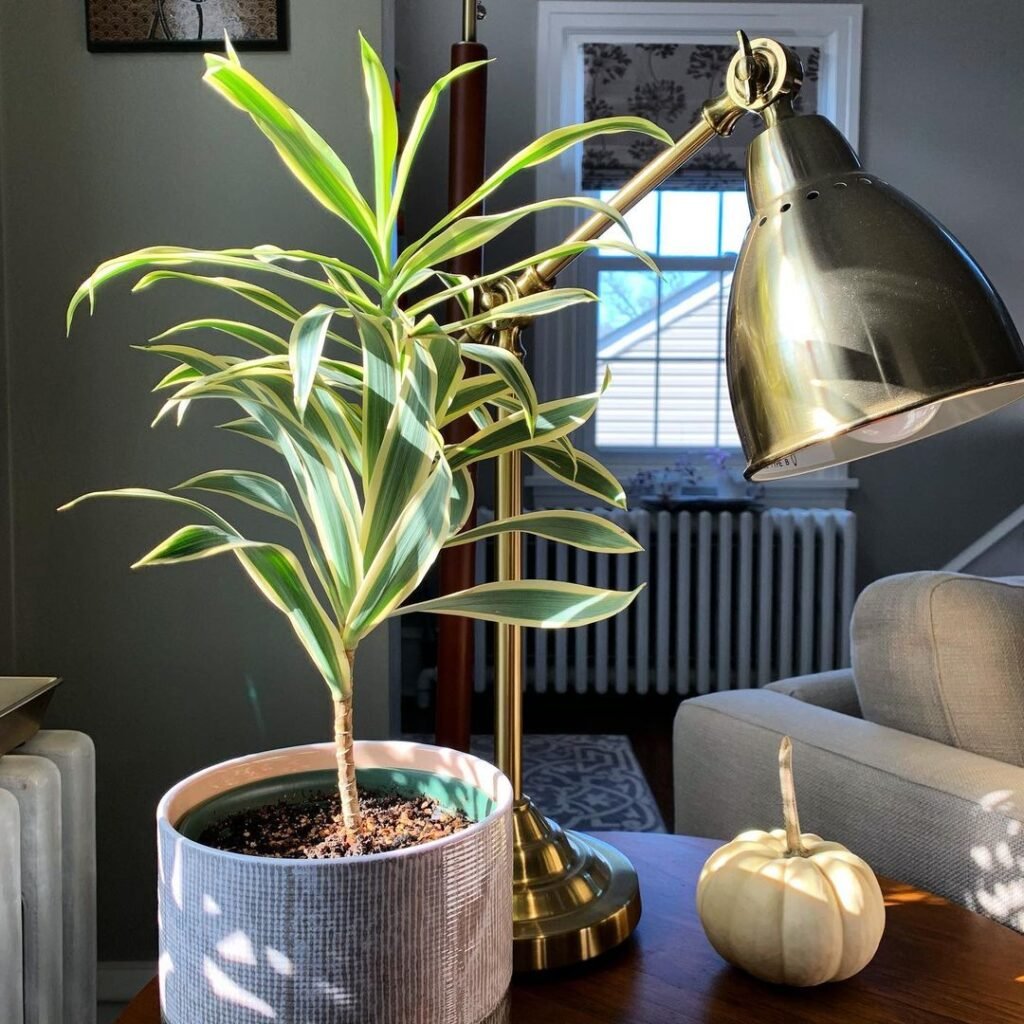
Too much direct sun causes the leaves to fade and develops dry, crispy tips. But inadequate light leads to sparse, stretched out growth and potential leaf loss.
Rotate the plant periodically to ensure even lighting and prevent leaning toward the light source. Placing it a few feet back from an unobstructed window usually provides enough bright, filtered rays.
Water Needs

Proper watering is crucial for dracaena plants. The Song of India does best when the soil partially dries out between waterings.
During the spring and summer growing season, plan to water every 7-10 days. Let the top 2 inches of potting mix dry out before thoroughly soaking the soil until water drains from the bottom.
In winter when growth slows, you can allow the top half of the potting medium to dry before watering again. Reducing moisture in the cooler months helps prevent issues like root rot.
Always use room temperature water and avoid getting the leaves wet as this can lead to leaf spot diseases. Empty any excess drained water from the saucer or cache pot as well.
The best way to determine if your Dracaena reflexa needs water is to check the soil with your finger. Wilting leaves and very dry potting mix are signs it’s thirsty.
Signs of overwatering include leaf yellowing, plant drooping, soggy soil and potential fungus gnats. Adjust your watering frequency accordingly.
Temperature and Humidity
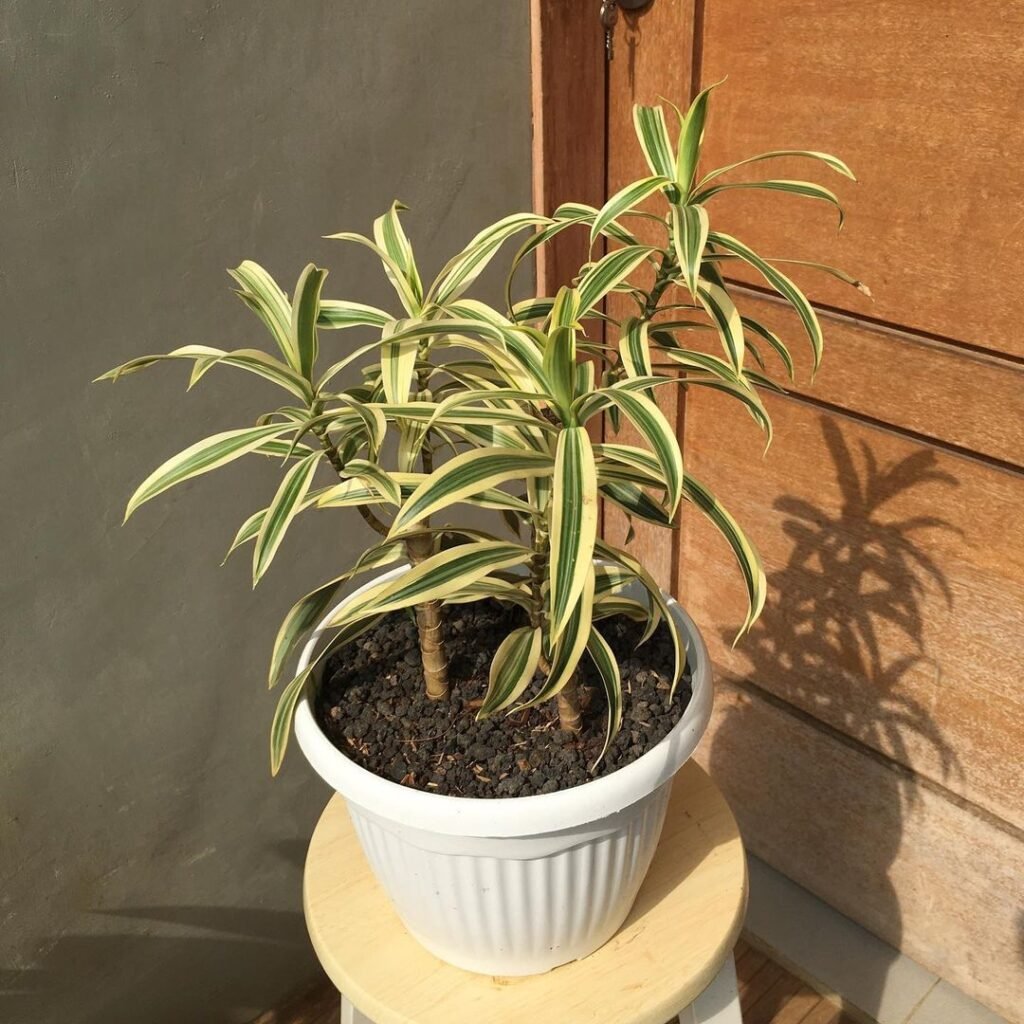
Song of India dracaenas do well in typical household temperatures of 65-85°F. They can tolerate temperatures down to around 55°F in winter but no colder.
While not overly fussy about humidity, the Dracaena reflexa prefers higher humidity in the 40-50% range. Most homes tend to be on the dry side, especially in winter with heating systems running.
To increase humidity, set the plant on a pebble tray filled with water. As it evaporates, it creates a moister microclimate around the foliage. Regular misting with a spray bottle of lukewarm water also helps.
Avoid placing your Song of India near cold drafts, heat vents or excessive heat sources which can lead to stress. A consistent, moderately warm environment with decent humidity keeps it thriving.
Soil Requirements

Dracaena reflexa plants need a well-draining, porous potting soil mix to prevent issues like root rot. A combination of potting mix, perlite and orchid bark works well.
The goal is a loose, chunky soil that retains some moisture while providing ample aeration and drainage. You can mix one part perlite or bark to two parts quality potting soil.
Avoid using heavy, dense soil that stays saturated. This leads to anaerobic conditions where the roots can’t access the oxygen they need.
If you notice the soil drying out rapidly, consider adding some compost or coco coir to the potting mixture to increase moisture retention.
Fertilizer Needs
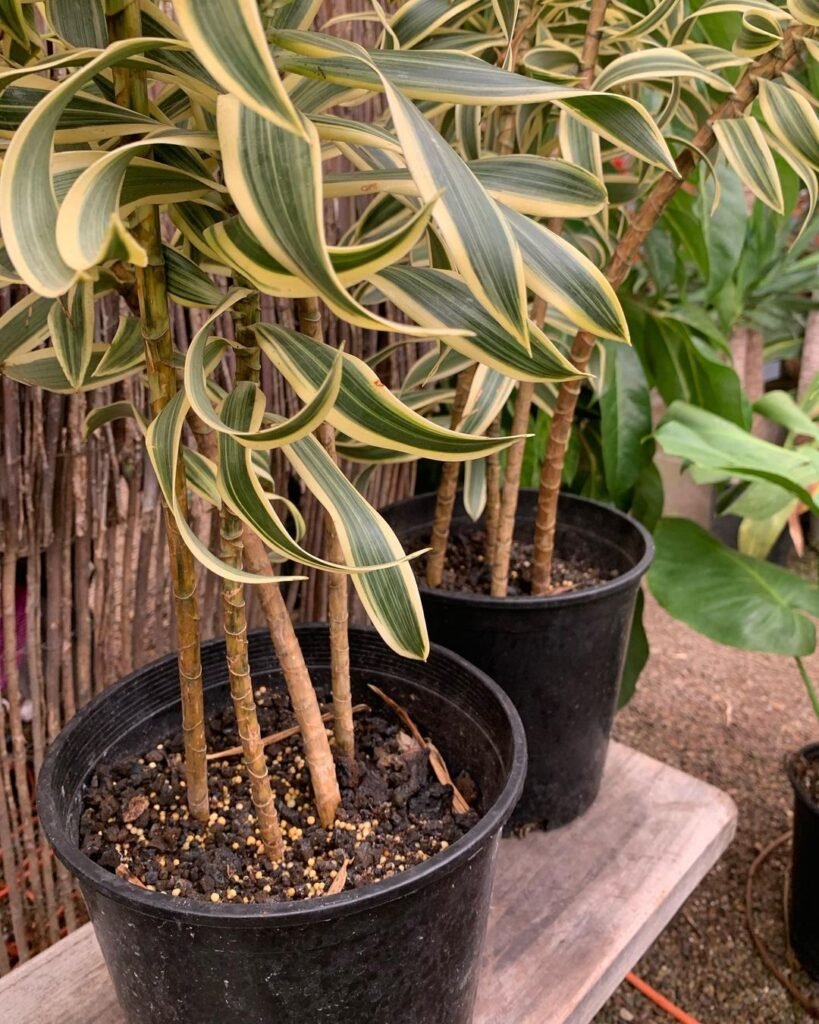
For optimal growth, plan to fertilize your dracaena reflexa during the spring and summer months. Use a balanced, water-soluble fertilizer diluted to half strength every 4-6 weeks.
You can also apply a slow-release fertilizer in spring which provides steady nutrition over several months.
Refrain from fertilizing in fall and winter when the plant is resting or growing slowly. Too many nutrients at this time increases the risk of fertilizer burn and other issues.
Look for signs that your Song of India could use fertilizer like slow growth, pale leaves or smaller new foliage. Just don’t overfeed as this can damage the roots and lead to fertilizer burn.
Re-Potting and Pruning

Over time, the dracaena reflexa outgrows its container and becomes rootbound. This slows growth and causes leaf problems.
Plan to repot every 2-3 years in spring using a container 1-2 inches wider than the previous one. Use fresh, well-draining potting soil when transplanting.
Pruning helps maintain your Song of India’s attractive shape and appearance. Remove any dead, damaged or discolored leaves or stems with sharp, sterile pruners.
You can also cut off the growing tips of taller canes. This encourages fuller, bushier growth and prevents plants from getting too tall and lanky.
Dracaena reflexa stems can also be air layered to propagate new plants if desired. Simply bend a stem over, wound it, apply rooting hormone and wrap with damp sphagnum moss in plastic. Once roots form, you can cut off the new plant and pot it separately.
Common Problems
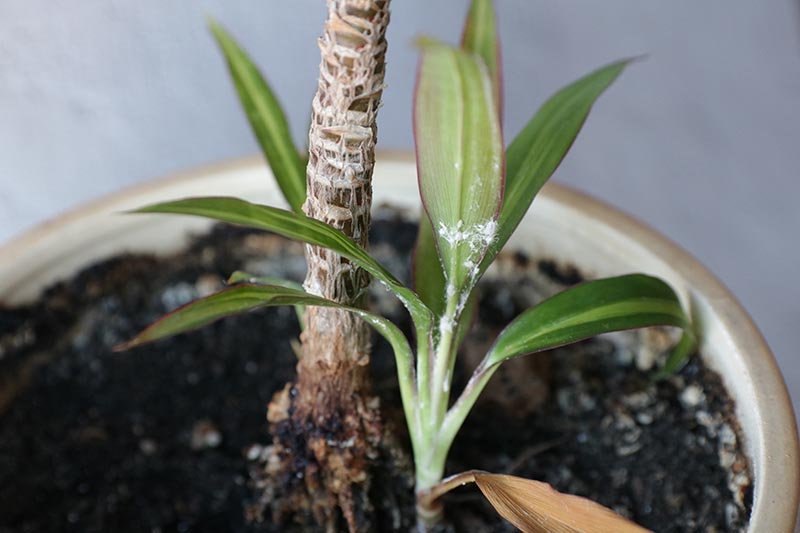
While generally easy care, there are a few common issues to watch for with the dracaena reflexa plant:
Leaf Discoloration – Yellowing leaves usually mean overwatering. Brown crispy tips and edges indicate low humidity or dry soil. Adjust accordingly.
Plant Drooping – Can be caused by underwatering, low humidity, excess heat or drafts. Make sure soil is moistened and humidity levels are adequate.
Leaf Spots – Yellow or tan spots may signify fungal diseases caused by wet leaves or poor air circulation. Use fans and avoid getting foliage wet.
Pests – Spider mites, mealybugs and scale insects can all impact Dracaena reflexa. Use insecticidal soap, neem oil or prune off affected areas.
Root Rot – Caused by overwatering and soggy, poorly draining soil. Avoid this issue by ensuring the potting mix dries somewhat between waterings.
With proper dracaena reflexa care focusing on the right soil, watering and environment, most problems can be prevented or easily fixed.
Is Dracaena Reflexa Toxic?
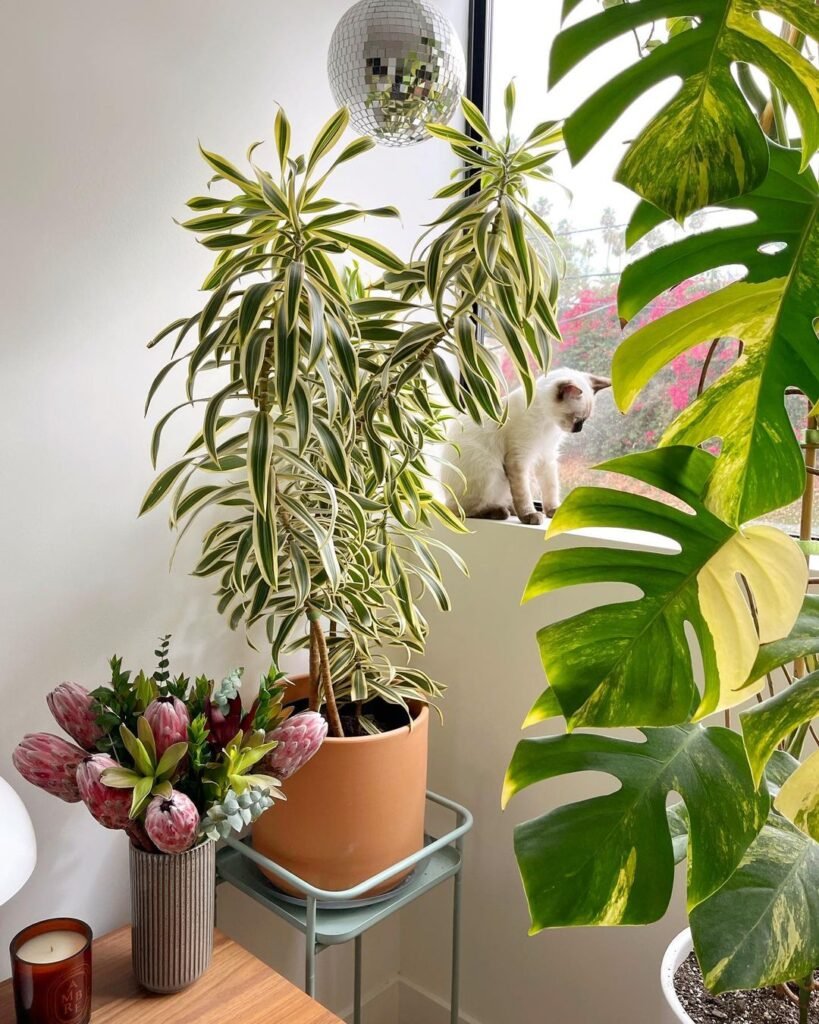
Yes, the Song of India plant contains toxic compounds that can be harmful if ingested by humans or pets. All species of dracaena contain varying levels of toxins.
The saponins, glycosides and plant oxalates found in the leaves and stems can cause unpleasant symptoms like nausea, vomiting, lethargy, drooling and loss of appetite if eaten.
The level of toxicity is considered mild to moderate, but it’s still wise to keep Dracaena reflexa out of reach of curious kids and pets who may decide to nibble on it.
Where to Purchase
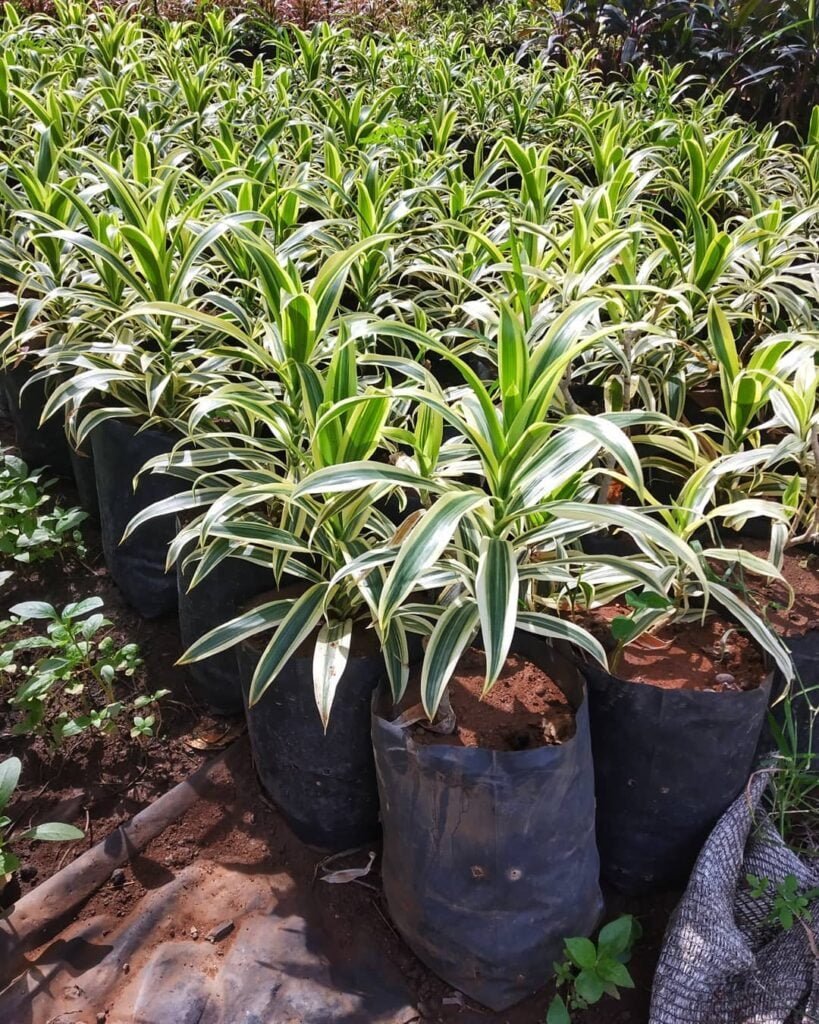
Thanks to its popularity as an indoor plant, dracaena reflexa or Song of India is widely available from many retailers. Your local nursery or garden center is a great place to start your search.
Online stores like Costa Farms, Logee’s Plants and Steve’s Leaves also sell high-quality dracaena reflexa houseplants that can be conveniently shipped to your doorstep.
When ordering online, look for robust, well-established plants from reputable retailers. Check customer reviews as well to ensure you’re getting a healthy specimen.
You may also find small dracaena reflexa plants available at big box stores like Lowe’s, Home Depot or grocery stores with a nursery section. However, the plant quality can be hit or miss from these types of outlets.
No matter where you purchase your Song of India dracaena, inspect it closely before buying. Look for dense, vibrant foliage and a strong root system. Avoid plants with signs of pests, diseases or significant damage.
With the right dracaena reflexa plant care, this eye-catching variety makes a stunning addition to your houseplant collection for years to come. Its striped, sword-like leaves add architectural interest and beauty to any room while helping purify indoor air.
While relatively low maintenance once you understand its needs, the dracaena reflexa truly rewards those who provide consistent moisture, bright indirect light and the ideal potting mix. Follow the tips in this care guide, and you’ll be rewarded with a thriving, healthy Song of India plant.
Pingback: How to Grow and Care for Song of India – ...
Pingback: 30 Types of Sunflower Companion Plants -
Pingback: The Top 10 Indoor Plants for a Vibrant and Healthy Home
Pingback: Cultivating and Nurturing Song of India –...
Pingback: Nature’s Beauty: Trees That Start with ‘D’